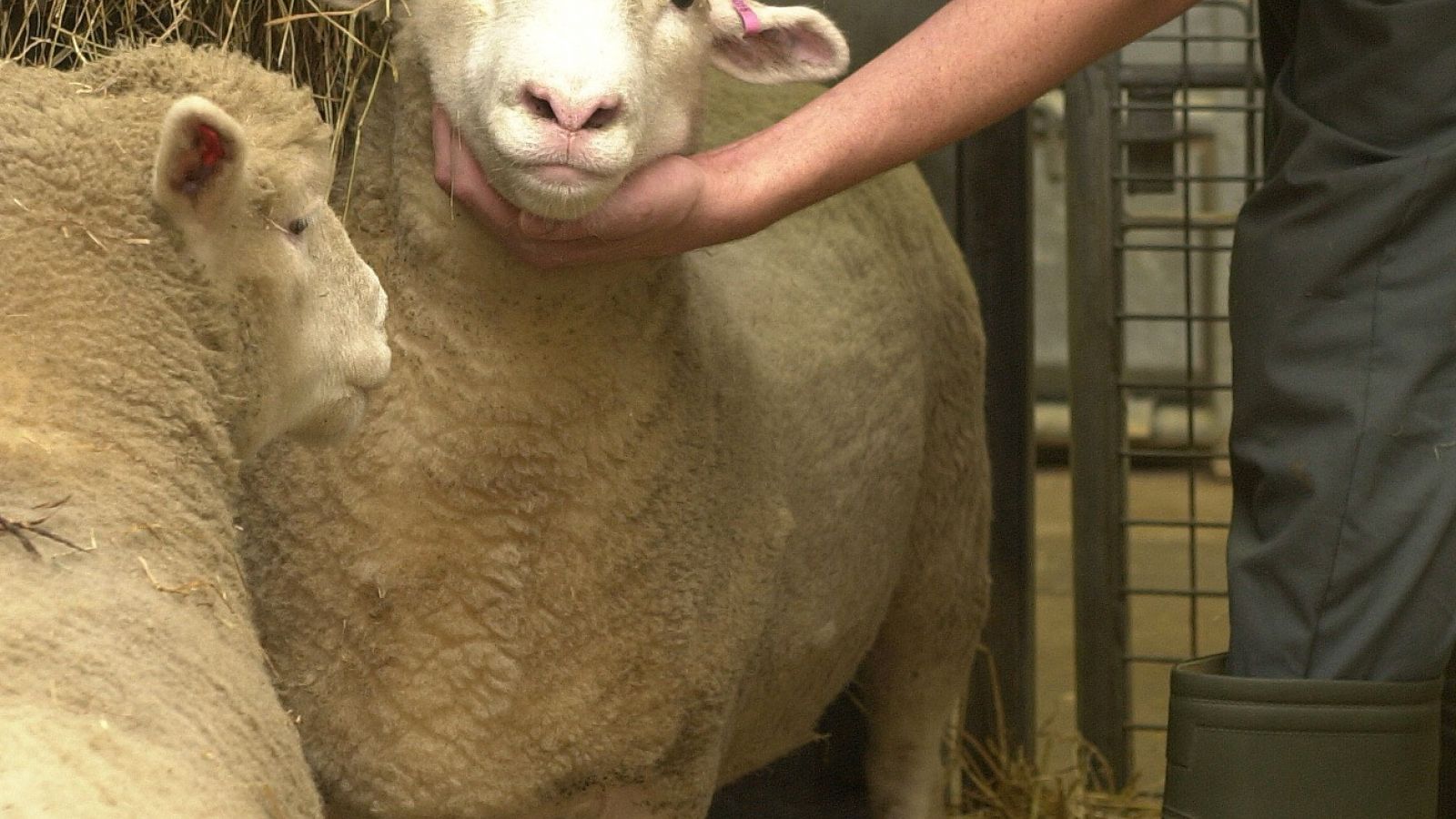Scientists have developed a new technique for delivering stem cells to diseased lungs for the treatment of emphysema. The cells were transplanted into the lungs down the windpipe of sheep where they attached and showed signs of tissue repair and renewal. The technique appears to be more efficient than the current method of injecting stem cells into the blood stream, where the majority of cells do not find their way to the lungs and succumb to the immune system.
In people with emphysema, the tissues necessary to support the physical shape and function of the lungs are destroyed. It is a progressive disease that primarily causes shortness of breath and significantly impacts on the patient’s quality of life. Scientists hope that stem cells can be used to rebuild the lungs and restore function. In this case, mensenchymal stem cells were taken from the sheep’s own lungs. These cells are a special form of stem cell found in most organs and are capable of differentiating into a range of cell types. This makes them highly valuable to regenerative medicine, which aims to use the body’s own cells to repair damaged tissue.
The cells were delivered using an endoscope down the windpipe. The innovative technique included adding “scaffold molecules” to the cells before transplant to help them attach to existing damaged lung tissue. After four weeks, scanning techniques and surgical examination showed that the transplants were well tolerated and had increased tissue shape and size compared to control treatments. The researchers found that only a small proportion of cells had died or been destroyed by the immune system. Spurred on by these promising results, the team hope to develop the technique further using animal models before hopefully attempting it in people.
Last edited: 14 March 2022 08:15


